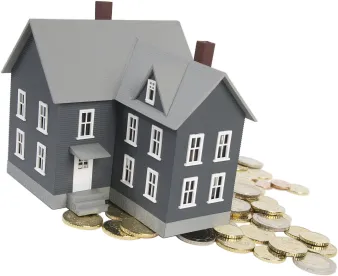Part One: Section 1031 vs. QOF
Historically, a like-kind exchange under Internal Revenue Code Section 1031 was the preferred mechanism for the deferral of gain from the sale of certain types of assets. As a result of the 2017 Tax Cuts and Jobs Act (“TCJA”), 1031 exchange treatment is now limited to exchanges of real property. If executed properly, a 1031 exchange allows investors to defer paying capital gains tax – potentially indefinitely – on the sale of property by reinvesting the sales proceeds into a new property. However, an investor is taxable on any capital gains realized on the sale to the extent that any sales proceeds are not reinvested.
While the TCJA limited 1031 exchange treatment to real property, it also introduced a new tax-advantaged investment program – the Qualified Opportunity Fund (“QOF”) – under Code Sections 1400Z-1 and -2. Similar to section 1031, an investor may defer the recognition of certain capital gains to the extent that the investor reinvests such gains in a QOF.
For the investor, there are several notable distinctions between the opportunity zone provisions and the 1031 exchange rules. First, the opportunity zone rules are not limited to real property gains, but also allow for the deferral of capital gains realized from stock or other investment assets. Second, the opportunity zone provisions permit the monetization of an investor’s tax basis in an existing investment without a current tax liability. Finally, a 1031 exchange allows for indefinite deferral so long as the sales proceeds are fully rolled over into the replacement property, whereas the opportunity zone rules exact a toll charge on a minimum of 85 percent of the deferred gain (assuming the QOF investment has not depreciated in value) on December 31, 2026.
To illustrate: an investor sells qualifying real property with a tax basis of $40 for $100. Under the 1031 exchange rules, the full $100 must be re-invested in like-kind real property to defer the recognition of the entire $60 of gain in the year of sale. Under the opportunity zone provisions, however, the investor could limit the reinvestment to $60 in a QOF without the recognition of any gain in the year of sale (effectively cashing out $40). However, assuming that the investor’s $60 QOF investment does not depreciate in value, the QOF investor would recognize a minimum of 85 percent of that gain (or $51) by the end of 2026 even though the investor may continue to hold the QOF investment. Not all taxpayers may have the ability (or the desire) to pay this tax liability. In contrast, a 1031 exchange would allow for the indefinite deferral of the $60 gain so long as the investor were to continue holding the replacement real property.




 />i
/>i

